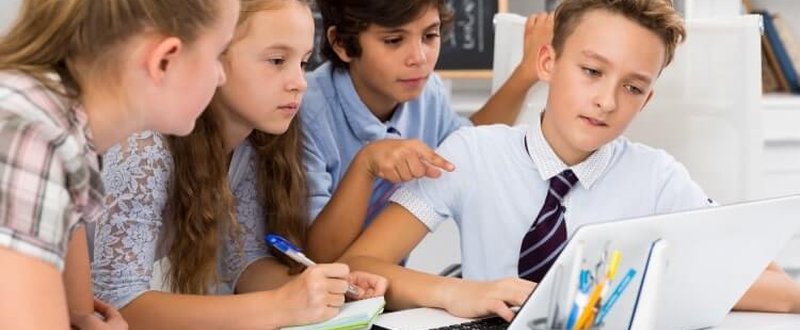
Education as Negotiation: The Case of Teaching Basic Probability
Children bring different perspectives to the classroom than teachers.
While teachers bring lists of topics to cover and assessments to determine mastery, children bring their curiosity and intuitive knowledge.
The question is, how can children and teachers meet in the middle?
In a webinar, Professor Dor Abrahamson, member of the Matific Academic Board, explored how educators can shift their approach to teaching certain topics to meet children right where they are.
Education as Negotiation
Generally, teachers bring a formal perspective to education. Yet, children bring a more informal view.
In the past, great educators and psychologists have brought in tools to help these two perspectives meet. Specifically, Friedrich Frobel, Maria Montessori and others created manipulatives to help children explore concepts. They found that when students experienced concepts first, they could better analyze them later.
In other words, children should explore math concepts concretely through their perceptions, and actions. Later, teachers can introduce theories and models.
Professor Abrahamson spends his time searching for ways that teachers can meet students where they are. Using a variety of manipulatives and strategies, he helps children understand math concepts. One topic he finds is particularly interesting is probability.
Seeing Chance: A New Way to Teach Probability
Many adults find probability challenging. It’s for this very reason that Professor Abrahamson likes using this topic to address teachers...it gives them a chance to feel like students again!
Before moving forward, answer this question:
Imagine you flipped a coin four times. Which of the following outcomes would be most probable, HTTH or HHHH? (H= Head, T= Tails )
The majority of people would answer that HTTH is more probable. However, this isn’t true. “The coin has no memory,” Dr. Abrahamson explains. In other words, there’s a 50% chance each time you flip the coin that either side will show up. As with many number crunching scenarios, people choose irrational answers.
Yet, our irrational answer comes from somewhere. It comes from a natural instinct that even babies have.
Answer the question again. Instead of thinking about the order in which the heads or tails will appear, think about the question this way: When you flip a coin four times, is it more likely that you’ll get 2 heads and 2 tails or 4 heads?
The answer this time is 2 heads and 2 tails. There are 6 different ways to get 2 heads and 2 tails, but only one way to get 4 heads. See the options below:
- TTHH
- THHT
- THTH
- HHTT
- HTTH
- HTHT
A study showed that even babies as young as one year old show surprise when improbable events occur. In the study, babies watched as five balls bounced around in a box. One of the balls was a different color than the other. When the odd colored ball was extracted, the babies were surprised.
Dr. Abrahamson says that when working with kids and a bin full of marbles in which half are green and half are blue, he noticed that children also know a lot about probability. He offered the children a scooper that would pick up four marbles. Quickly children agreed that the most probable combination of marbles would be 2 green and 2 blue.
After working and scooping marbles for a while, Dr. Abrahamson presented the children with some cards. The cards show the 16 different arrangements of marbles that are possible.
Slowly, Dr. Abrahamson started asking students about whether one particular arrangement, including the order or arrangement that the marbles would appear in, would be more likely than another.
After a lot of practice with the marbles, students came to realize that no one arrangement is more likely than another one. There’s a 1 in 16 chance of each appearing in the scooper. Yet, if you ignore the pattern, you can easily see that it’s more likely that you’ll get 2 of each color marble. By the same token, it’s least likely that you’ll get all green or blue marbles.
Originally, students believe that the order or pattern of the marbles doesn’t matter. However, after some help from the teacher, they can learn that it DOES matter.
Yet, teachers can avoid some of the struggle and misunderstandings from approaching the idea of probability. Instead of starting from the point that order does matter, why not start from the assumption of students? The correct assumption that 2 greens and 2 blues are more likely than 4 greens.
Children can then avoid the stress and anxiety of being told they’re wrong and instead build their knowledge from a starting point of success.
With manipulatives that allow students to explore the real world serving as a bridge, teachers can meet students where they are.